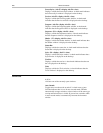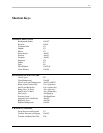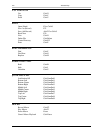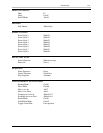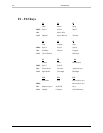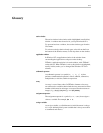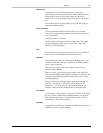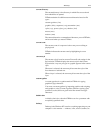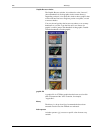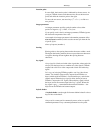
216 Glossary
FXDeko User’s Guide
background
The background is the backmost part of a graphic. It is a full-screen
rectangle located behind the last layer, furthest from the viewer.
The background can be turned on and off. When off, it is
transparent — live video “shows through” the background when
you use a keyer.
When the background is on, the background shader determines its
color. Like all FXDeko shaders, the background can be a solid
color, a ramp or a texture.
bitmap
A bitmap is a set of numerical values specifying the colors of the
pixels in a graphic image.
bitwise operator
A bitwise operator is a symbol (<<, >>, ~, &, |, ^) that
performs an operation on an integer value based on bit position.
C1 continuity
C1 continuity is a smoothness setting that maintains a straight line
between two connected Bezier curves. If you move one control
point, the control point on the other side of the shared point will
move in concert to maintain the linear connection.
C2 continuity
C2 continuity produces the smoothest continuity between two
connected Bezier curves. This setting maintains a straight line
between the curves, as well as equal distance from control point to
the shared point for each curve. If you move one control point, the
other one will move in concert to maintain the equidistant, linear
connection.
CAP shader
A CAP shader is used to apply a cel animation to a detail, such as a
face or an edge. You can then play the animation within a motion.
cel animation
A cel animation is a series of graphic files. Each file consists of one
frame of the animation and may be of any graphic type that Deko
can import (.tga, .bmp, .dib, .rle, .pcd, .pcx, .psd, .wmf, .jpg, .g, .dko,
.or .tif). Files should be successively numbered, e.g. globe001.tga,
globe002.tga, globe003.tga, etc.
You can play a cel animation within a Deko motion by applying the
animation to a detail using a CAP (Cel Animation Player) shader.



